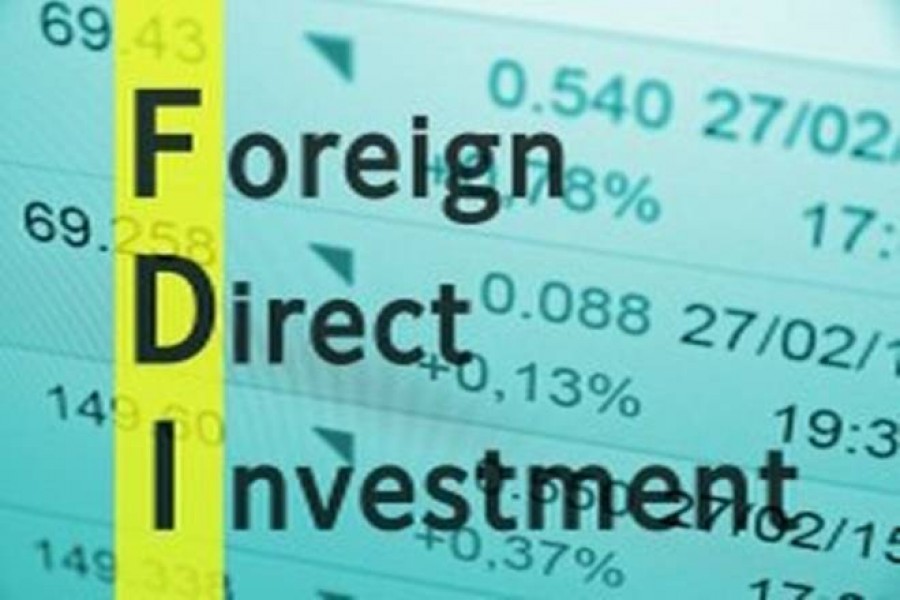The phenomenon of foreign direct investment (FDI) in Bangladesh has not been particularly bright for several years. It has been stagnating at around 1 per cent of the country's GDP. In contrast, FDI inflow to Vietnam, China and India was 6 per cent, 5 per cent and 3.5 per cent of their GDP respectively, according to the United Nations Conference on Trade and Development (UNCTAD) report 2016. Prospect of greater inflow of FDI in Bangladesh appears bleak compared to other macroeconomic variables. If we compare our FDI inflow with other South Asian countries, we are way behind Maldives, India, and Bhutan, according to the World Development Indicators.
According to economists, FDI is an investment made by a company or individual of one country in business interests located in another country. Generally, foreign investment is a sine qua non for changing the fate of a country, while FDI directly contributes to economic wellbeing of a country. Since Bangladesh set itself a target of attaining middle income status by the end of 2021, and since that will not be possible without attaining a GDP growth rate of 8 per cent, it obviously needs more in terms of FDI to bolster the GDP growth rate to 8 per cent from existing 6.5 per cent.
Over the years, FDI received by Bangladesh has been worth around 1 per cent of its GDP. This has been one of the major factors responsible for a near stationary growth rate of around 6 per cent during the last few years.
If we look at the state of FDI in our country, the US companies are the largest investors. Last year, they invested half a billion or 25 per cent of total FDI to Bangladesh, and since the FDI was not evenly distributed there was uneven growth among various sectors of the economy. For example, textiles, gas and petroleum (energy), telecommunication and power sectors were benefited. But there are other sectors like electronics, agro-processing, leather and footwear, ICT, trade and commerce that deserved priority. Furthermore, political uncertainty has been a great barrier to FDI inflow in Bangladesh. Unreliable energy supply coupled with excessive bureaucratic interference, alleged irregularities in processing papers and frequent changes in government policies are among other impediments that figured prominently.
Moreover, there is a clear lack of skilled manpower and skill-based education in the country that resulted in failure to attract FDI. Government intervention in the form of capacity building by establishing appropriate institutions to develop skill-based manpower is therefore necessary. What is needed now is adequate vocational training for unskilled workers.
Besides, Bangladesh's products are not diversified. According to industry insiders, RMG industries mostly produce some select categories of garments. But there are demands for other categories in the global market, which can be produced and exported by attracting FDI. Similarly, non-cotton and man-made fibre items can be produced. Now, what is needed most is adequate vocational training for unskilled workers.
In our country, disciplined, easily trainable, and low-cost workforce is in abundance, which is suitable for any labour-intensive industry. Special economic zones inside the country will help attract more FDI in near future.
Appropriate strategies for achieving higher economic growth through enhanced FDI by overcoming the associated shortcomings are needed for the export-based economy of Bangladesh. In addition, declining remittance inflow coupled with deteriorating current account balance also highlight the necessity of FDI for overcoming the dependence on remittance and stimulating the economy further. Special economic zones set up by the government inside the country are expected to attract more FDI in the near future.


